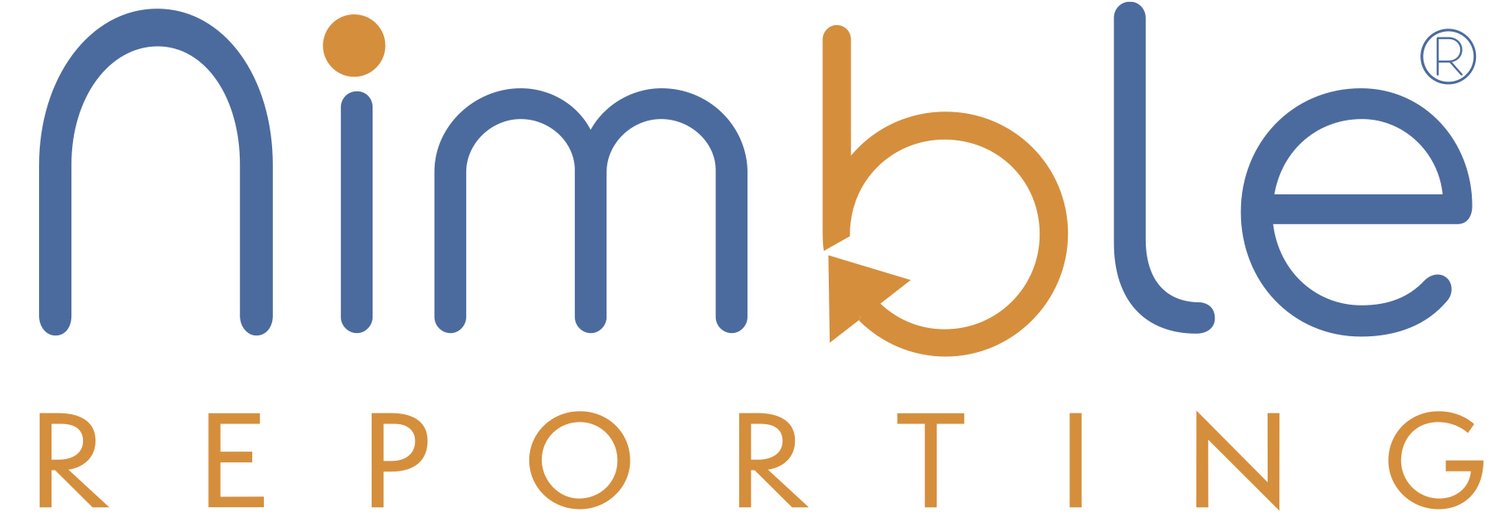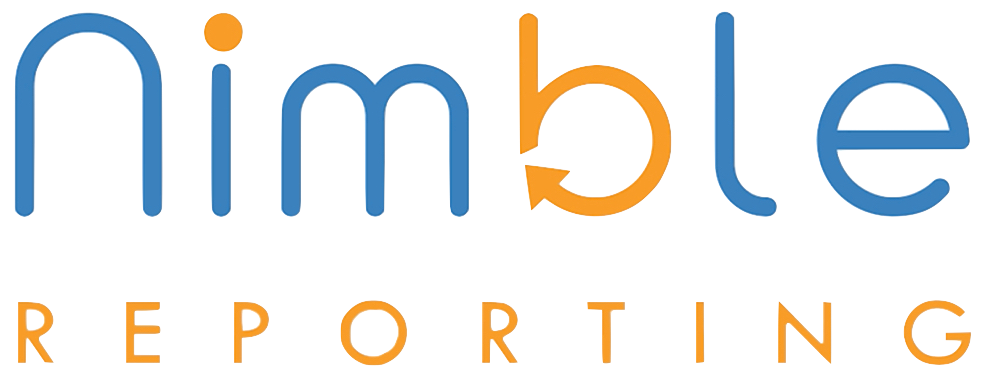11 HR Trends in 2024
As many of our clients customers are in the HR departments of companies, we thought it would be important to cite any new trends that are happening in the industry. It’s a little self serving. We know that smart HR departments understand the importance of ACA compliance so the better informed they are about everything HR, the more apt they are to look at their current ACA solution and perhaps want to take a look at something much easier and more robust.
Your core HR duties—hiring, benefits, payroll, training and compliance—remain at the heart of the department, but the way you do those things is constantly evolving. Embracing HR trends in 2023 can position your small business as a competitive force in your industry.
1. Improving flexible work arrangements
Hybrid and fully remote working environments have become increasingly popular since the pandemic. The Indeed & Glassdoor Hiring and Workplace Trends Report 2023 shows that remote work isn’t going anywhere. Employees want more flexibility in how they work, and employers can source talent without geographical restrictions, which can expand your company’s skill set.
Balancing the desire for remote work with ensuring employee productivity is key for small businesses. Start with a solid remote work policy that defines expectations and resources for remote employees. Providing communication tools to keep remote employees connected is also essential. If a fully remote environment isn’t working, consider a hybrid approach with employees being allowed to work remotely for a certain percentage of their hours.
2. Addressing employee well-being
The uncertainty of COVID left many people without jobs, but it also forced workers to look at what they really want. What many people want is less stress and increased job satisfaction—50% of employees started checking out other jobs because of stress or job dissatisfaction.
Throwing together a basic wellness program or having an occasional casual Friday isn’t enough to keep your employees satisfied. In the last year, employees have increased their expectations for happiness at work.
Being proactive with employee well-being to reduce burnout can keep your staff happier and improve retention. A people-first culture that recognizes employees as whole people and not just machines cranking out work can help. This starts with HR policies that promote work-life balance and encourage employees to take time off to tend to family situations.
3. Embracing pay transparency
According to an Indeed special report, 7 out of 10 professionals responsible for hiring decisions report that their companies list salary ranges when posting job openings. Not only do 92.5% of HR leaders say pay transparency is worth it, but in a growing number of states and cities, it’s required. Several areas have existing or upcoming laws that require pay transparency at various points in the hiring process.
Talking about money is traditionally taboo, but salary transparency can pay off for small businesses. Some perks of being open about wages include:
Building trust with employees
Bridging the pay gap
Complying with pay transparency laws
Creating a consistent compensation program
Attracting new talent and retaining current employees
Evaluate your current pay policies and decide how to move toward a more transparent approach as you go into 2023.
4. Upgrading continuing education
The pandemic taught the world that learning something new doesn’t require college coursework or a formal education program. People spent their quarantine hours learning to bake sourdough bread, mastering a new language or dabbling in computer coding.
By bringing that same energy to the workplace, you can support your employees’ learning with nontraditional methods that expand their skills. This might include e-library, online and self-guided learning. Supporting employee learning keeps your staff satisfied, and your company can put the skills they learn to use to become more competitive.
But continuing education isn’t just important for your general employee pool. Leveling up the skills of your HR staff and leadership team sets the stage for overall skills advancement. It can also improve how those areas function, which can support improvements overall.
5. Using technology
Taking advantage of artificial intelligence and other HR technologyduring the recruiting process can save your HR department time and help target the skills and qualifications your company needs. Small businesses can especially benefit from saving time by automating tasks such as sourcing candidates, reviewing resumes and the onboarding process. You can also use chatbots to engage with and prescreen job applicants. Starting small with automation can help your HR team gain confidence as they explore HR trends in 2023.
6. Becoming a purpose-driven company
Employees feel more invested when they know their company exists for more than just profits. In a McKinsey survey, 82% of participants said a company’s purpose is important to them, and 72% said that purpose should be more important than profit. Yet only 62% said their companies had a purpose statement, and only 42% said that purpose actually made an impact.
Developing an emotion-driven, meaningful purpose statement creates a rallying point for your employees. When they connect with your purpose, your employees can put more effort and heart into their work. Your HR department can be instrumental in drafting and refining your purpose statement and promoting it within the organization.
7. Leveling up communications
The Workforce Institute at UKG shows that 86% of employees don’t feel like people are heard equally, and 47% feel like the voices that aren’t heard are undervalued by the organization. When people feel unheard and undervalued, they’re less likely to perform to their full potential, and they’re more likely to leave your company. Being transparent with your company’s goals and motivations can also be important in helping employees feel motivated and included.
Improving the feedback loop within your organization is an HR trend that can improve the workplace culture. Sharing consistently with your employees helps them connect with your organization’s goals and builds trust. Inviting open feedback from your employees and acting on that information shows them that you want to improve the company. It can encourage employees to share even more and give more effort to the job.
8. Rethinking job requirements
For many positions, employers have a standard requirement for an undergraduate degree, regardless of whether it matches the job field. Post-pandemic recruiting strategies could see companies moving away from this requirement. Of the 75% of employers in an Indeed survey who currentlyrequire an undergraduate degree, 59% might eliminate that requirement in the future.
Embracing HR trends around job requirements can help you deepen your talent pool. Many candidates can be successful based on their current skill set and relevant experience, even if they don’t meet your educational requirements. On-the-job training can also prepare a candidate who has the potential to excel in the position.
9. Improving the employee experience
You’ve likely poured time and energy into the customer experience. When looking at trends in HR for 2023, consider putting that same effort into the employee experience. A Gartner survey shows that 47% of HR leaders are heading into 2023 with an eye on improving the employee experience.
The employee experience describes how a worker perceives their journey from the time they discover your company and apply to when they leave. Key touchpoints in the process build opinions about the experience, which can affect how the employee feels about your company and how long they stay in their position. A positive employee experience can boost productivity, improve morale and decrease absenteeism, which can save your company money.
Surveying your employees can give you concrete data on the overall employee experience. You can also use that information to identify areas of need, so you can create a strategic plan to improve employee perceptions.
10. Relying on contingent workers
Employers can bridge the gap between their needs and available candidates with contingent workers. In large enterprises, nearly one in three employees are considered contingent employees. Small businesses can embrace that hiring strategy to get the specific skills and talents they need on a temporary basis.
Using contract or freelance employees can help you fill skill gaps quickly. It’s often a cost-effective option because you’re not responsible for benefits or other employment expenses. You can also adjust how many hours you use your contingent workers to match fluctuating workflows. Some contingent workers could become permanent staff members if your workload supports the hire and the worker is a good fit.
11. Rallying around retention
November 2021 saw the largest number of resignations at 4.5 million, according to Bureau of Labor Statistics data. Often referred to as the Great Resignation, 2021 was a big year for people leaving their jobs, and 2022 continued the trend. Going into 2023, employers should focus on employee retention to control hiring costs and keep productivity high.
Retaining your current employees takes a strategic approach. Finding out why your employees are leaving and which jobs have tempted them to leave can help you reduce turnover. Knowing what motivates your employees, from growth potential and compensation to company culture and DEI, can help you determine the best employee retention strategy for your company.


